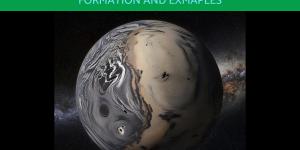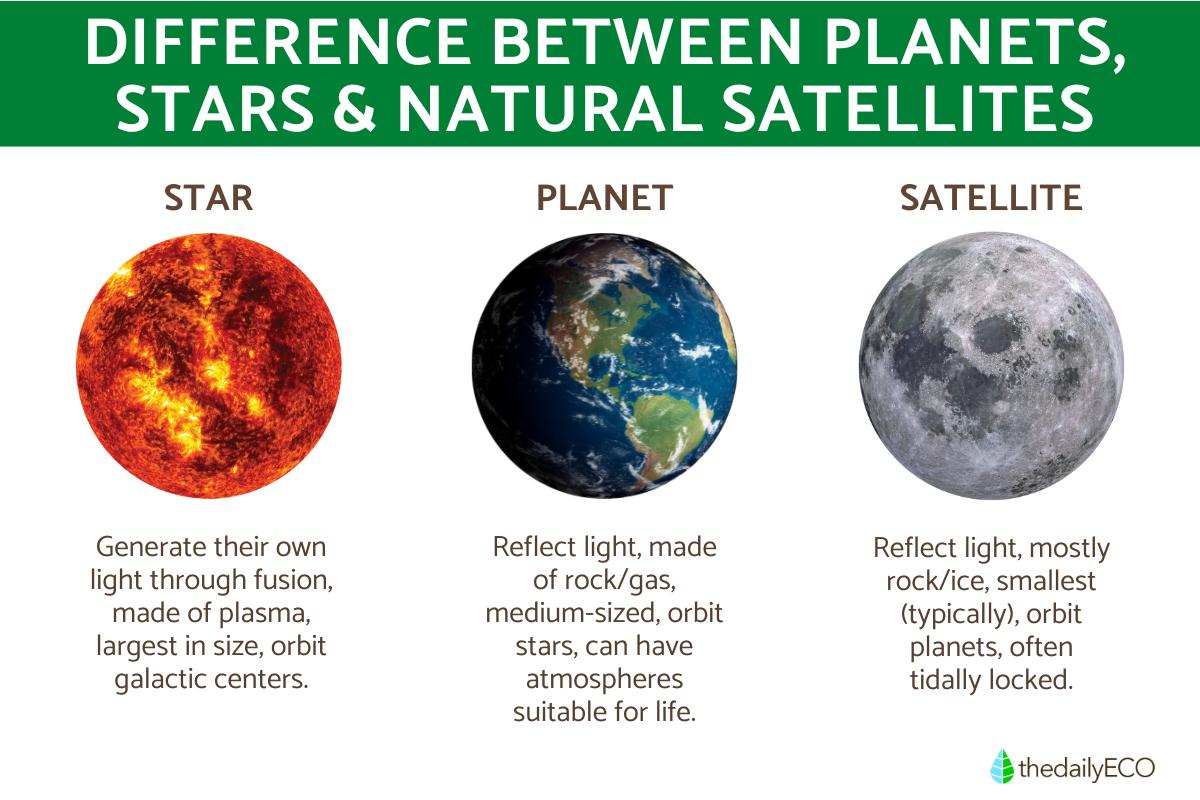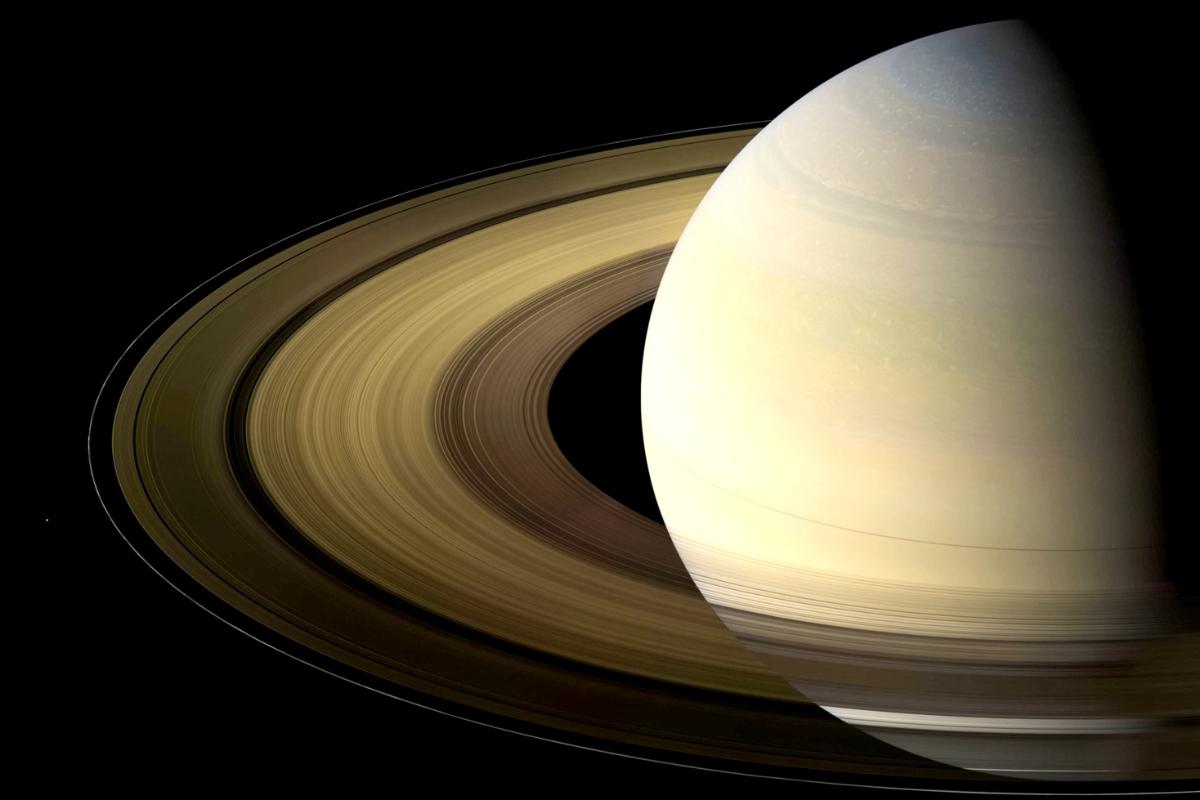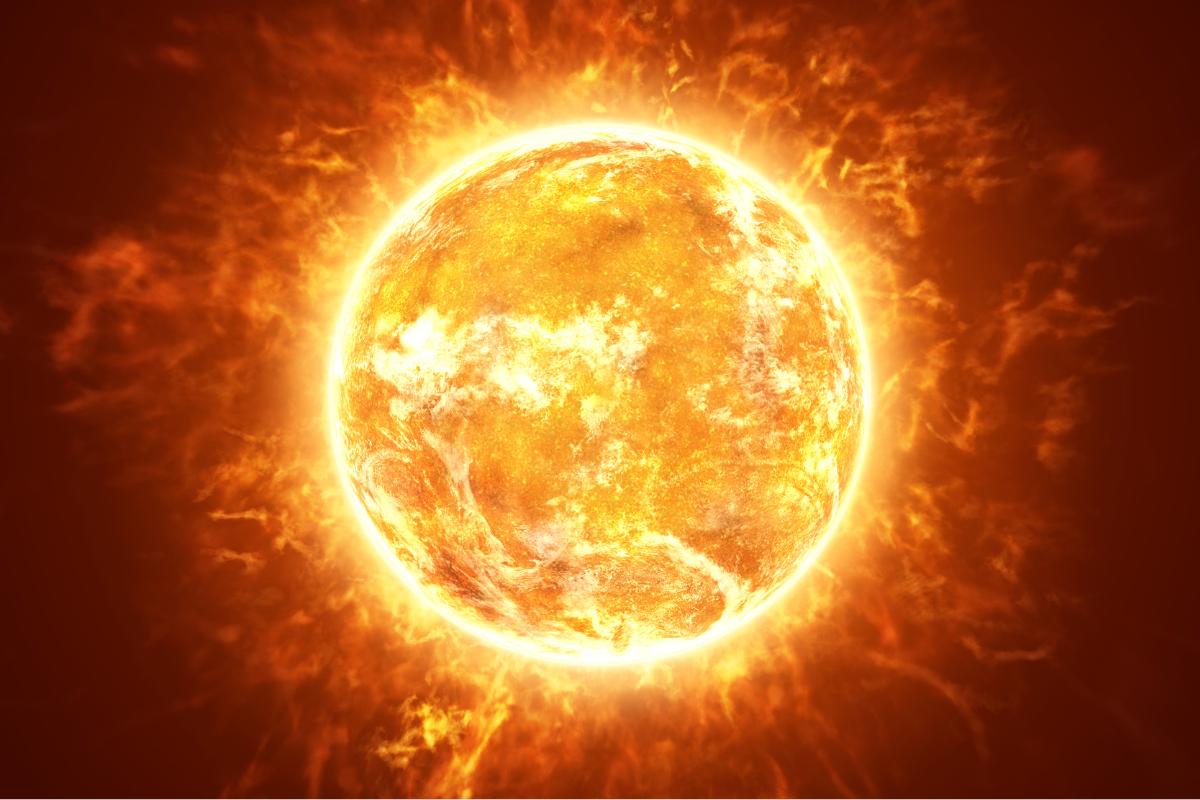Difference Between Planets, Stars & Natural Satellites


The universe is filled with billions of celestial objects, but not all of them are the same. Some shine brightly, like the stars, while others orbit planets as moons. But what exactly is the difference between a planet, a star, and a natural satellite? Understanding these differences helps us make sense of the cosmos, from our own Solar System to distant exoplanets and galaxies.
In this guide by thedailyECO, we’ll break down the key characteristics of planets, stars, and natural satellites, explain how they form, and compare their size, composition, movement, and role in the universe.
What are planets?
Planets are large, round objects in space that orbit around stars. In our solar system, Earth is one of eight planets that travel around our Sun. For a space object to be officially called a planet, it needs to be big enough to form a round shape under its own gravity, orbit a star (not another planet), and have cleared other objects from its path.
Our solar system's planets come in different sizes and types. Some are small and rocky, like Earth, while others are enormous balls of gas, like Jupiter. They range from small Mercury (about the size of the continental United States) to Jupiter (so big that more than 1,300 Earths could fit inside it).
What are the main types of planets?
The planets in our solar system fall into two main groups:
- Rocky planets: includes Mercury, Venus, Earth and Mars. They have solid surfaces you could actually stand on. They're made mostly of rock and metal and have thin atmospheres compared to their size.
- Giant planets: include the gas giants (Jupiter, Saturn) and ice giants (Uranus, Neptune). These huge planets don't have solid surfaces. In fact, if you tried to land on Jupiter, you'd just keep sinking. Gas giants are made mostly of hydrogen and helium, while ice giants contain more water, ammonia, and methane mixed with rock.
Scientists have also discovered thousands of planets orbiting other stars, called "exoplanets." Some are similar to Earth, while others are unlike anything in our solar system.
How is a planet different from stars and moons?
The main difference between planets and stars is that stars make their own light through nuclear reactions, while planets just reflect starlight or glow from heat.
Moons are smaller objects that orbit planets instead of stars. Some moons are tiny, while others are bigger than some planets. Jupiter's moon Ganymede, for example, is larger than the planet Mercury. But moons don't count as planets because they orbit planets, not stars.
For more astronomical wonders, explore our guide to the mysterious planets that have broken free from their star's gravitational pull.

What are stars?
Stars are massive, luminous balls of gas, made of primarily hydrogen and helium, that produce light and heat through nuclear fusion in their cores. Unlike planets, stars generate their own energy by fusing hydrogen atoms into helium at their centers, where temperatures reach millions of degrees. This process releases enormous amounts of energy in the form of light and heat, making stars the primary energy sources in our universe.
Our Sun is a typical star because a yellow dwarf that's been shining for about 4.6 billion years and will continue to do so for another 5 billion years. It's average in size compared to other stars, yet it's still massive enough that over a million Earths could fit inside it.
What are the 4 main types of stars?
Stars come in remarkable variety, classified by their mass, temperature, and stage in their life cycle:
- Main sequence stars: like our Sun are in the stable, middle part of their lives, steadily fusing hydrogen into helium. Most stars in the universe are main sequence stars.
- Red giants: form when stars like our Sun run out of hydrogen in their cores and begin fusing helium, causing them to expand enormously. Betelgeuse in the Orion constellation is a famous example.
- White dwarfs: are the dense, cooling remains of stars that have exhausted their nuclear fuel. Though only about Earth-sized, they can contain the mass of the Sun.
- Neutron stars: form after massive stars explode as supernovae, leaving behind incredibly dense cores where a teaspoon of material would weigh billions of tons.
Other types include red dwarfs (small, cool, long-lived stars), blue giants (massive, hot, short-lived stars), and binary star systems (pairs of stars orbiting each other).
How to tell if it's a star or planet?
One of the most noticeable differences is how they shine. Stars tend to twinkle or scintillate because their light, which comes from a tiny point source, gets distorted as it passes through Earth's turbulent atmosphere. Planets, on the other hand, usually shine with a steady, consistent light.
The brightness and color can also give you important hints. Venus and Jupiter, for instance, are remarkably bright compared to most stars you'll see. Mars has a distinctive reddish-orange glow that's hard to miss once you know what to look for, while Saturn has a subtle yellowish tint. Stars display various colors too, but these colors tell us about their temperature. Blue stars are extremely hot, while red stars are cooler.
If you observe the night sky over several nights, you'll notice that planets actually move against the background of stars. The word "planet" comes from Greek meaning "wanderer," named because ancient astronomers noticed these objects wandered across the fixed patterns of stars. The stars maintain their relative positions, forming the same constellations night after night.
Learn more about the structure of our nearest star in our article exploring the Sun's composition.

What are natural satellites?
Natural satellites, commonly called moons, are objects that orbit planets or dwarf planets instead of orbiting a star directly. The most familiar example is Earth's Moon, but our solar system contains over 200 known natural satellites of various sizes and compositions.
These celestial satellites form in different ways. Some, like our Moon, likely formed from debris after a massive collision with their parent planet. Others were captured when they wandered too close to a planet's gravitational pull, while some formed alongside their parent planet from the same cloud of gas and dust.
Natural satellites come in a wide range of sizes. Earth's Moon is quite large compared to our planet (about one-quarter Earth's diameter), while Mars has two tiny, irregularly shaped moons that look more like asteroids. Meanwhile, some moons like Jupiter's Ganymede are enormous, even larger than the planet Mercury.
Types of natural satellites
Natural satellites generally fall into two categories based on their orbits.
- Regular satellites: circle their planets in the same direction the planet rotates, usually in nearly circular paths aligned with the planet's equator. These moons probably formed together with their planets.
- Irregular satellites: have more distant, eccentric orbits that are often tilted or even backward compared to their planet's rotation. Most of these are thought to be captured objects, such as asteroids or other bodies that were caught by the planet's gravity.
After learning about natural space objects, discover how human space exploration has created its own celestial category in our article about orbital debris.
Key differences between planets, stars, and natural satellites
Size and composition:
- Stars: are by far the largest of these celestial bodies. Our Sun, an average-sized star, could fit approximately 1.3 million Earths inside it. Stars are primarily composed of hydrogen and helium in plasma form. At their cores, temperatures reach millions of degrees, allowing nuclear fusion to occur.
- Planets: vary greatly in size, but are substantially smaller than stars. The largest planet in our solar system, Jupiter, is about 1/1000th the mass of the Sun. Planets come in two main varieties, the smaller rocky terrestrial planets composed primarily of silicate rocks and metals, and the larger gas and ice giants consisting mainly of hydrogen, helium, water, methane, and ammonia surrounding small rocky cores.
- Natural satellites: are typically the smallest of these bodies, though some exceptions exist. Moons are generally solid bodies composed of rock and/or ice, though their specific compositions vary widely.
Motion and orbit:
- Stars: typically orbit around the center of their galaxy, with our Sun taking about 230 million years to complete one orbit around the Milky Way. Stars rotate on their axes but at different rates.
- Planets: orbit around stars in elliptical paths, following Kepler's laws of planetary motion. They also rotate on their axes at different rates. Earth completes one rotation in 24 hours, while Venus takes 243 Earth days. Planets must have "cleared the neighborhood" around their orbit to be classified as true planets.
- Natural satellites: orbit around planets or dwarf planets rather than stars. Their orbital characteristics vary. Some orbit in the same direction their planet rotates (prograde), while others orbit in the opposite direction (retrograde). Many moons are tidally locked, meaning they always show the same face to their parent planet, just as Earth's Moon does.
Formation process:
- Stars: form from the gravitational collapse of dense regions within molecular clouds of gas and dust. As these regions collapse, they heat up and eventually reach temperatures high enough to initiate nuclear fusion, marking the birth of a star.
- Planets: form from the leftover material in a protoplanetary disk surrounding a young star. Small particles collide and stick together, gradually growing into planetesimals and eventually into planets. The inner, hotter regions of the disk produce rocky planets, while the outer, cooler regions tend to form gas giants.
- Natural satellites: form through several mechanisms: accretion from the same disk material that formed their parent planet, capture of passing objects by a planet's gravity, or giant impacts that eject material into orbit, which then coalesces.
Temperature:
- Stars: generate their own light and heat through nuclear fusion, where hydrogen atoms combine to form helium, releasing enormous amounts of energy. Surface temperatures range from about 2,500°C for red dwarfs to over 40,000°C for the hottest blue stars.
- Planets and moons: do not produce their own light, they merely reflect light from their star. They generate some internal heat through radioactive decay, tidal heating, or residual heat from formation, but this is minimal compared to the energy output of stars.
Atmosphere:
- Planets: are the most likely celestial bodies to support life as we know it. They can maintain atmospheres of various compositions and densities, with Earth's nitrogen-oxygen atmosphere being particularly conducive to life. Planets in the "habitable zone" of their star may have liquid water on their surface, considered essential for life.
- Stars: cannot support life as we understand it, they are far too hot and lack solid surfaces. However, they provide the energy necessary for life to exist on orbiting planets.
- Natural satellites: generally lack substantial atmospheres due to their smaller size and weaker gravity, making most inhospitable to life. However, some larger moons like Saturn's Titan have significant atmospheres, and others like Jupiter's Europa and Saturn's Enceladus have subsurface oceans that might potentially harbor life, making them targets of great interest in astrobiology.
Curious about other objects beyond planets, stars, and moons? Check out our complete overview of all the entities that exist in space.
If you want to read similar articles to Difference Between Planets, Stars & Natural Satellites, we recommend you visit our Facts about Earth and the universe category.







